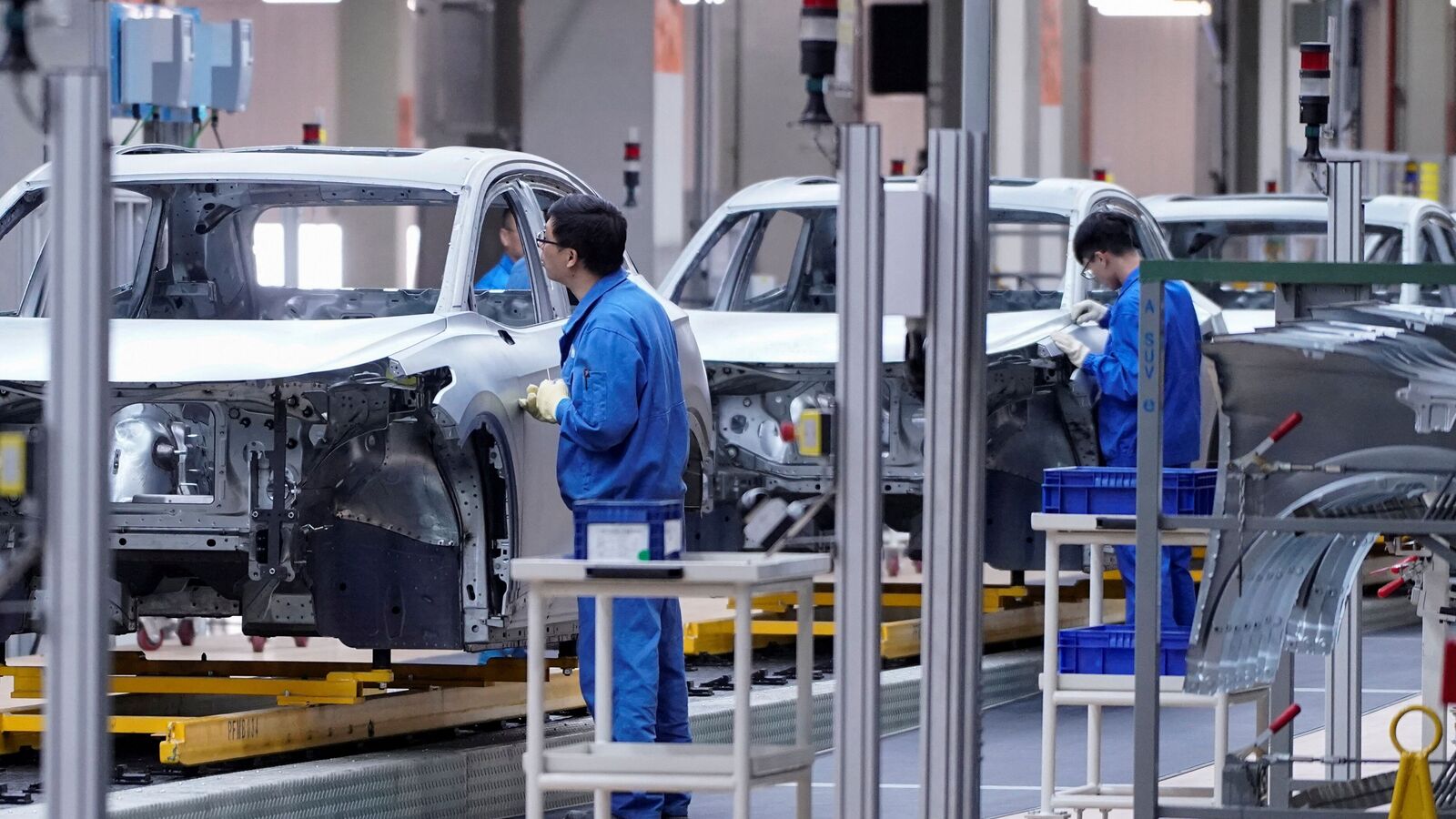The agencies see asset quality continue to improve, with headline gross non-performing advances and net NPAs declining to their lowest levels in over a decade at 2.30 percent and 0.55 percent, respectively, by March 2025, from 2.81 percent and 0.64 percent, respectively as of March 2024.
On the NBFC sector, the agencies see overall growth moderating, especially in the non-mortgage retail loan segment following the high growth rates seen in the past two fiscal years. Personal and consumption loan segments, which grew at steep rate in the previous two fiscal years, will experience relatively muted growth in the current fiscal year in light of regulatory actions on such loans.
The assets under management of NBFCs (excluding housing finance companies and NBFC infrastructure finance companies) will likely grow at a relatively muted but healthy rate of 17-19 percent in fiscal 2025, down from 23-24 percent in fiscals 2023 and 2024. This will weaken their asset quality and earnings, with nonperforming assets increasing by up to 30 basis points from March 2024 and earnings declining 20-40 basis points from fiscal 2024, as growth slows and the expectation of tighter liquidity keeps cost of funds elevated. This will the overall growth moderating to 12-14 percent in fiscal 2025.
On the corporate sector, the agencies said despite higher capex for capacity expansion, inorganic growth, refinancing and working capital needs, along with shareholder payments, their credit metrics will remain stable amid easing inflationary pressures and steady interest rates
“While domestic liquidity and companies’ internal cash flow can cover a large proportion of their capital needs, offshore funding will remain key despite its lower share,” says Vikash Halan, a Moody’s managing director.
Moody’s considers that corporates have capacity to incur additional debt to meet funding needs. Over the past decade, the corporate sector has steadily cut debt to 55 percent of GDP from 72 percent while leverage has remained stable for rated companies.
On the country’s energy transition, Moody’s said solid growth in the renewable energy capacity will continue, with the sector requiring up to $215 billion of investment over the coming years to meet transition targets.
The agencies estimate that the target of 500 gw of renewable energy capacity by 2030 will require $190-215 billion of investment over the next seven years, while another $150 billion-$170 billion of investment will be required for electricity transmission and distribution as well as energy storage.
















+ There are no comments
Add yours